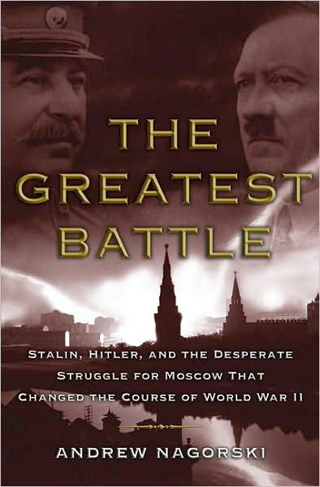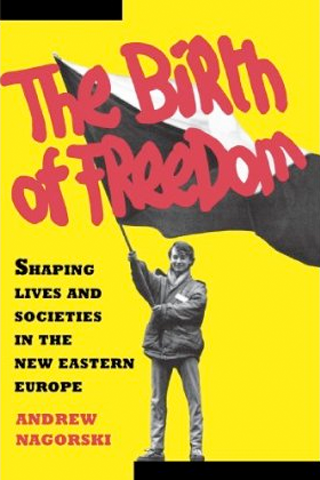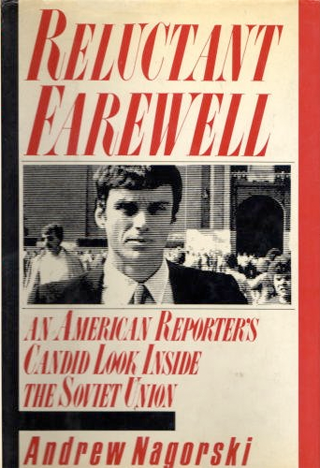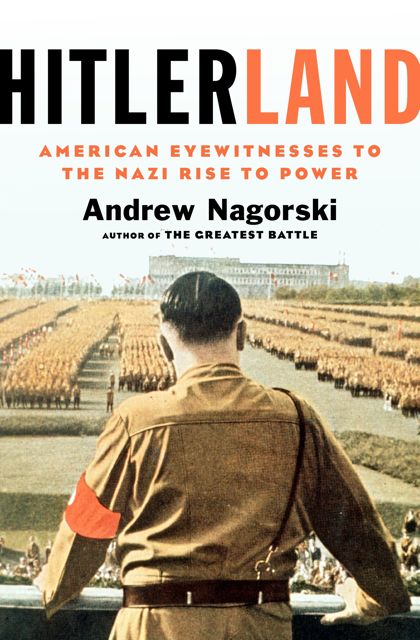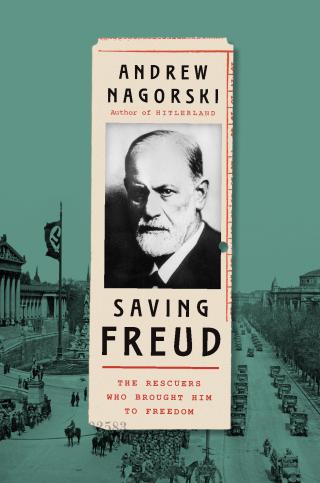Andrew Nagorski’s engrossing biography, Saving Freud, brings forth the dangerous power of denial.
For a man whose discoveries led to a global revolution in the science of mind and the treatment of psychological disorders, Sigmund Freud led a quiet life. He lived and worked in the same residence in Vienna for 47 years, weathering the first World War and rising antisemitism to focus on his work. It took the annexation of Austria and persecution by the Nazis to convince him to leave and the dedication and daring of a few brave women and men to get him to safety.
The scope of Saving Freud: The Rescuers Who Brought Him to Freedom covers much more than the rescue. He provides a bare-bones biography of Freud’s early years, highlights the major contours of his career and the cultural and political history of Austria, offers brief bios of the six people making up his “rescue squad”, and explains the development of the close relationships with Freud that led the six to risk their own lives to save his.
Freud remained reluctant to leave Vienna after Hitler annexed the country, even when Nazi representatives first visited his home and office at Berggasse 19, harassing him until his wife Martha mollified them with handfuls of cash. He couldn’t imagine living and working anywhere else and, like many assimilated Jews in Austria and Germany, couldn’t believe that his gentile neighbors would turn on him. Soon, however, it became clear that life, as he had known it in Vienna, was over, and he agreed to leave if it was still possible.
The first of the six rescuers was Freud’s youngest child, Anna. She showed great interest in and acumen for her father’s work, leaving her teaching position to take up psychoanalysis, specializing in the treatment of children. Freud eventually settled on Anna as the heir to his psychoanalytic empire. She also began caring for Freud as he aged and as his jaw cancer, diagnosed in 1923, grew worse. Once the Nazis occupied Vienna, Anna represented the family in the most delicate negotiations with the Nazis over their departure.
Napoleon’s great-grandniece Marie Bonaparte, princess of Greece and Denmark by marriage, was a patient of Freud’s, then a confidante and a skilled, practicing psychoanalyst. She was instrumental in spreading Freud’s ideas in France. They also shared a love of antiquities and pets. Bonaparte bankrolled the escape once Freud’s funds had been looted, was a fearless and influential advocate during Freud’s final months in Vienna, and hosted Freud and his party upon their arrival in Paris en route to their new home in London.
American William Bullitt, a journalist and diplomat who reported from Europe during WWI and served as ambassador to Russia and France under Franklin Roosevelt, met Freud when he arrived unannounced at the doctor’s practice hoping to receive treatment for what he feared were subconscious suicidal impulses. After annexation, Bullitt convinced the American diplomatic corps in Europe to provide what protection they could for Freud, a task made easier because he had already arranged to have his second in command from Moscow, John Wiley, appointed U.S. consul general in Austria.
Welsh physician Ernest Jones became a convert to psychoanalysis before he met Freud, learning German to read the doctor’s work in the original. He became the gentile advocate Freud had been looking for after falling out with Karl Jung and the chief proponent for psychoanalysis in the English-speaking world. He pioneered the psychoanalytic treatment of soldiers suffering from what we now know as PTSD during WWI. He would go on to write the first biography of Freud (1953’s Life and Work of Sigmund Freud). When Freud agreed to leave Vienna, Jones procured permits for his circle – 18 adults and six children – to enter England, the preferred nation of refuge for Freud, a lifelong Anglophile.
Max Schur, the only Jew among the rescue squad apart from Freud’s own family, was exposed to Freud’s teachings as a medical student when he attended the lectures Freud would publish as Introductory Lectures to Psycho-Analysis (1917). Though he was an internist, Schur underwent psychoanalysis to better understand the process and himself. He happened to treat Marie Bonaparte, who recommended him to Freud. From 1928 until Freud’s death, Schur served as Freud’s physician.
After annexation, Austrian Anton Sauerwald assumed the role of the trustee to the Freud family: the Nazi official assigned to liquidate their assets. Before the Holocaust plan was fully implemented, the trustees determined what would happen to wealthy Jews.
Sauerwald appeared to be an ardent anti-Semite, and Freud’s circle was initially concerned about his appointment, but Sauerwald had more complex feelings for Freud. His pharmacy professor, whom Sauerwald greatly admired, was a friend of Freud’s. During the many hours he spent at Berggasse 19 and the International Psychoanalytic Publishing House, run by Freud’s son Martin, Sauerwald occupied himself by reading Freud’s writings. As his respect for the man and his work grew, he softened his treatment of the family.
When the Nazis assumed power in Austria, the situation quickly became dire for Freud and his circle. Martin and Anna were so concerned when they were summoned by the Gestapo that they asked Schur for suicide pills in case they were tortured. Freud was more anxious for his family over these interrogations than at any other point in his final months in Vienna.
While Freud remained under scrutiny by the Nazis, who were looking for violations of new regulations affecting Austrian Jews or duplicity in sharing information, Sauerwald quietly subverted their efforts. He kept the most incriminating documents to himself until the Freud party had fled and also took some of Freud’s psychoanalytic volumes to the Austrian National Library, where they survived the war.
In early May 1938, members of the Freud party began leaving Vienna. The final approval for Freud’s departure came from Sauerwald on June 2nd. Freud and the remaining members of his family and circle left Vienna for Paris on June 4the. Representatives of the American legation shadowed them at the station and on the train during the journey to the French border. Schur, who couldn’t leave Vienna with Freud because he required an emergency appendectomy, joined the party in London, cared for Freud for the remaining months of his life, and fulfilled his promise to help Freud die when his pain became unbearable.
Nagorski’s occasional use of the vocabulary of the political thriller—“rescue squad” and “operation Freud”, for example—seem designed to remind the reader of the dramatic nature of Freud’s rescue. However, it’s not at all necessary. Nagorski is an able storyteller, and the final section narrating the escape is as captivating as any piece of historical fiction.

